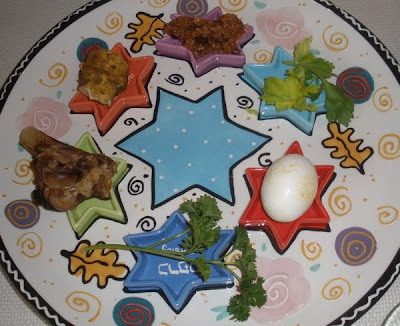 (Written by Ed's husband, E. Picture of Get Well cards on our bedroom closet doors.):
(Written by Ed's husband, E. Picture of Get Well cards on our bedroom closet doors.):Bottom-line is that Ed's surgery went extremely well and very fast (just over an hour). Our surgeon was delighted how easily everything occurred. Gone is the bag. Small intestine is back where it belongs (i.e., OUT of SIGHT). Large intestine and colon are about to get a rude wake-up call after a Rip-Van-Winkle-like, 6-month nap.
Not to say the final part of the journey was exactly easy. We arrived Friday at the appointed hour (11 a.m.), were together in the pre-op room at 11:15, and were anticipating a 1 p.m. surgery. That was not to be. Because of other emergencies and an ever-decreasing number of operating venues that were still in use and staffed as the hours ticked on, Ed actually was finally wheeled into the operating room about 10:45 p.m. I did not know whom to feel more sorry for: him or the doctor, whose first surgery had begun early morning Friday. I finally welcomed Ed to his hospital room (one in which we have been before, but then there are seemingly few on the 4th floor he has not slept in) about 2 a.m.
So, I spent the night in the room. He was mostly in la-la land but also having a lot of initial discomfort and pain, which is expected. Saturday, he got periodic shots of pain relief; but he will also be enticed to take as many walks around the hallways as he can. There was no liquid intake today except for the IV. Sunday, he gradually sipped clear liquids, with soft foods (i.e., mush) being introduced today (on Monday). As more food shows up, the doctor says so will good, solid gulps of mineral oil (yum-yum).
If everything goes as planned, Ed should be coming home about on Wednesday. Then, the focus will be gaining strength, bringing his diet back to normal, and teaching his intestinal system to work again. The last task will not be complete for some weeks or months, according to the doctor, as his mind, impulses, and colon re-learn to get their messages all coordinated.
But, all the things we wanted to be with no more (i.e., cancer, ileostomy bag, worry about returning to normal) are now history.
Thanks to everyone throughout this entire, now-six-month process for your messages, prayers, calls, visits, cards, chantings, drummings, incense burnings, etc.
G-d willing, this should be my last message as Ed's Medical Communication Director. I hope that it is not a position I resume any time soon.
Love to each and all of you.





